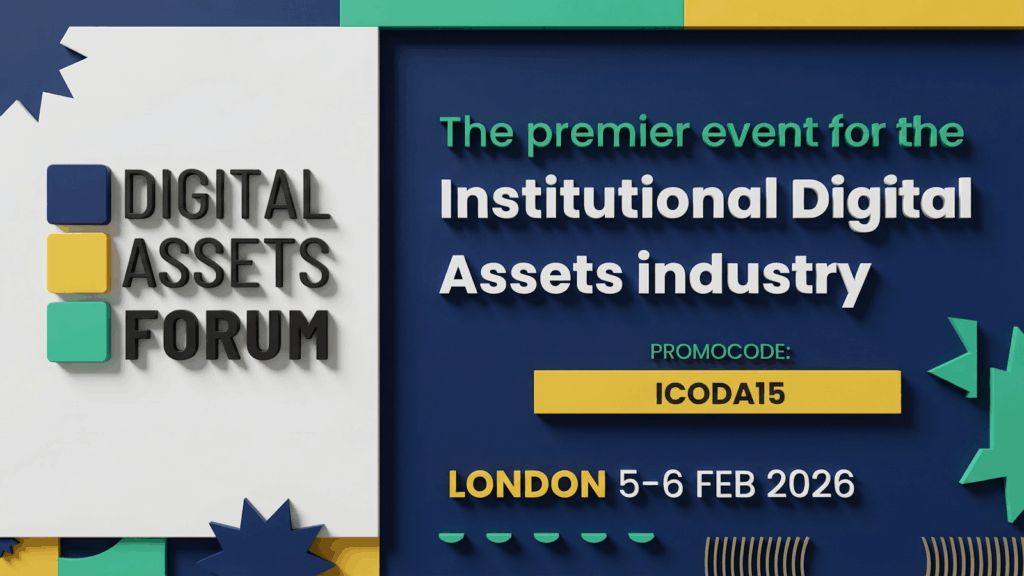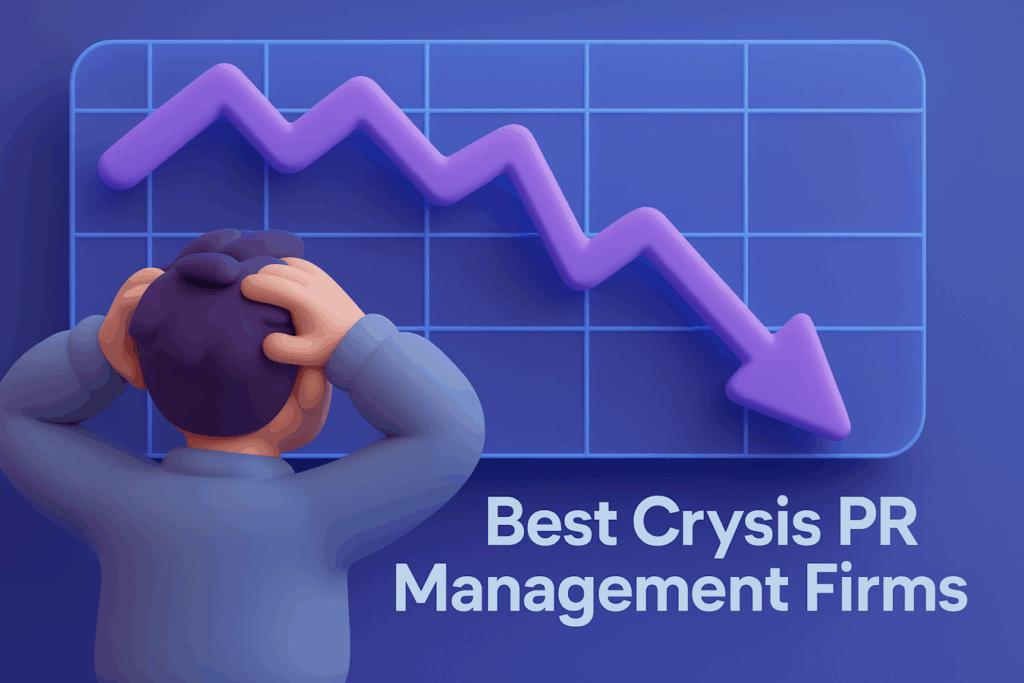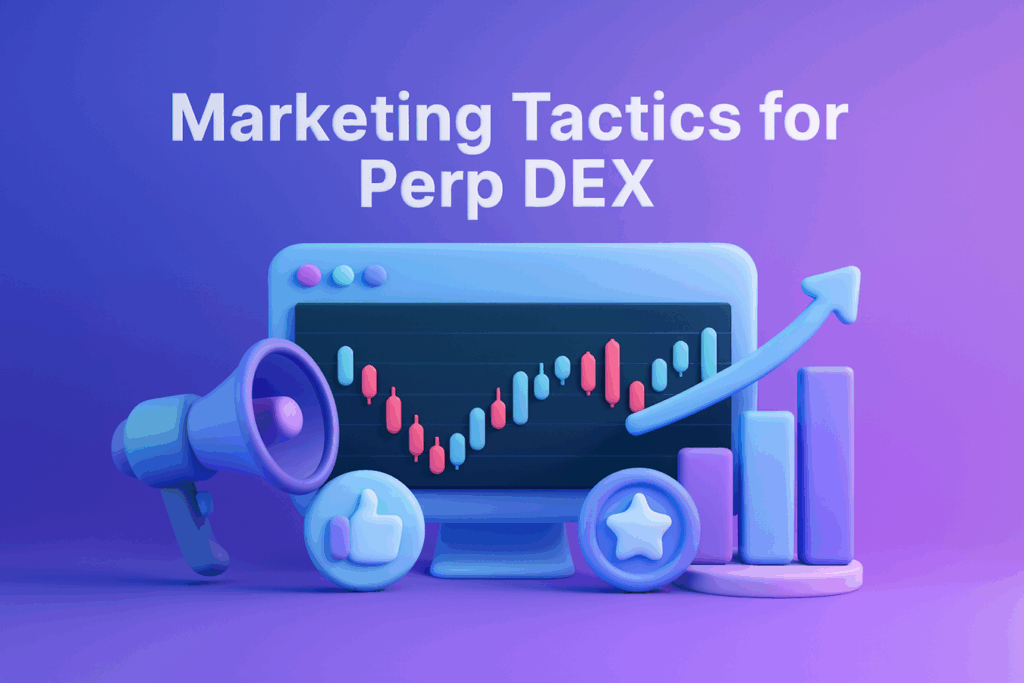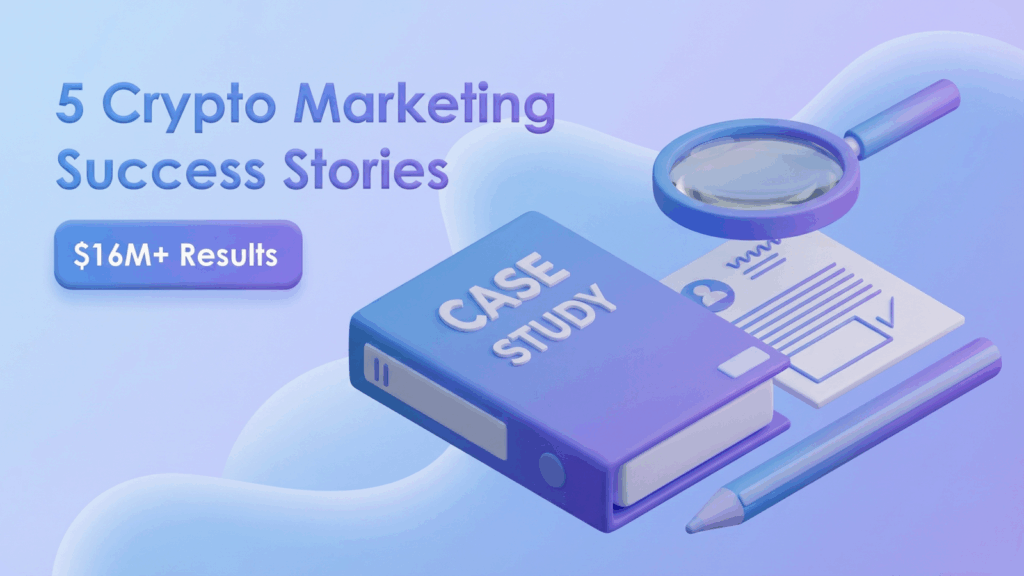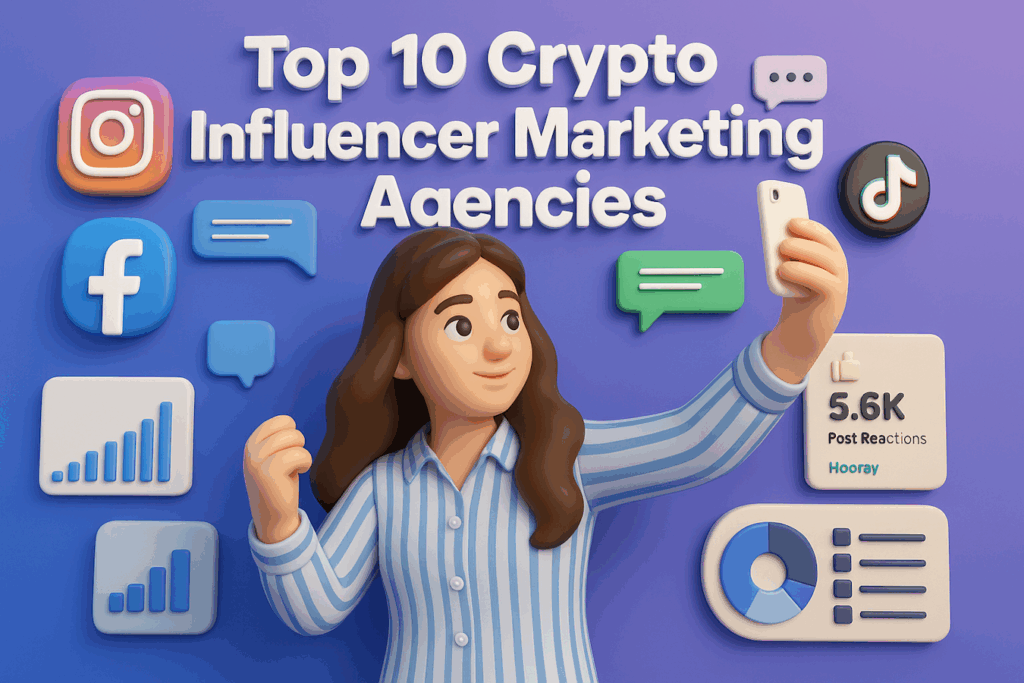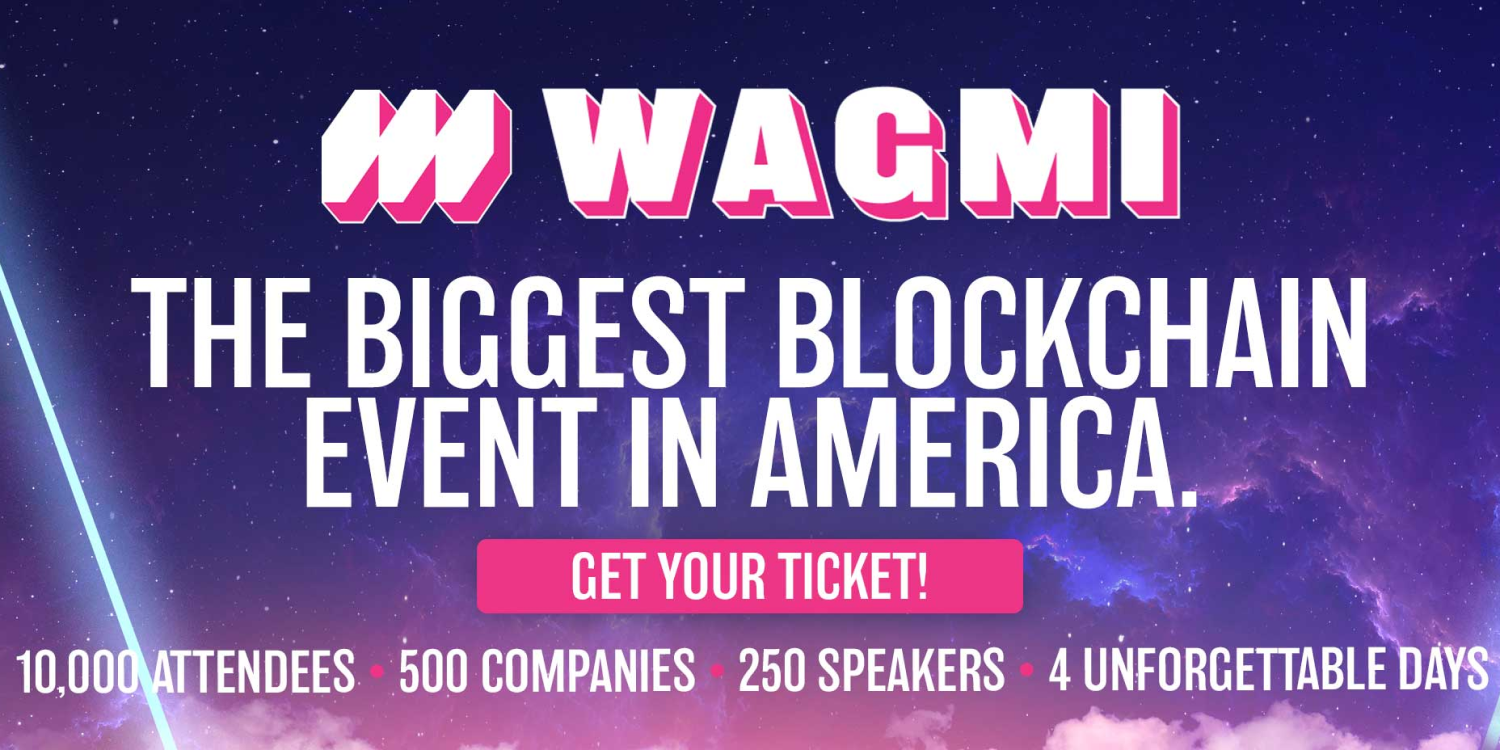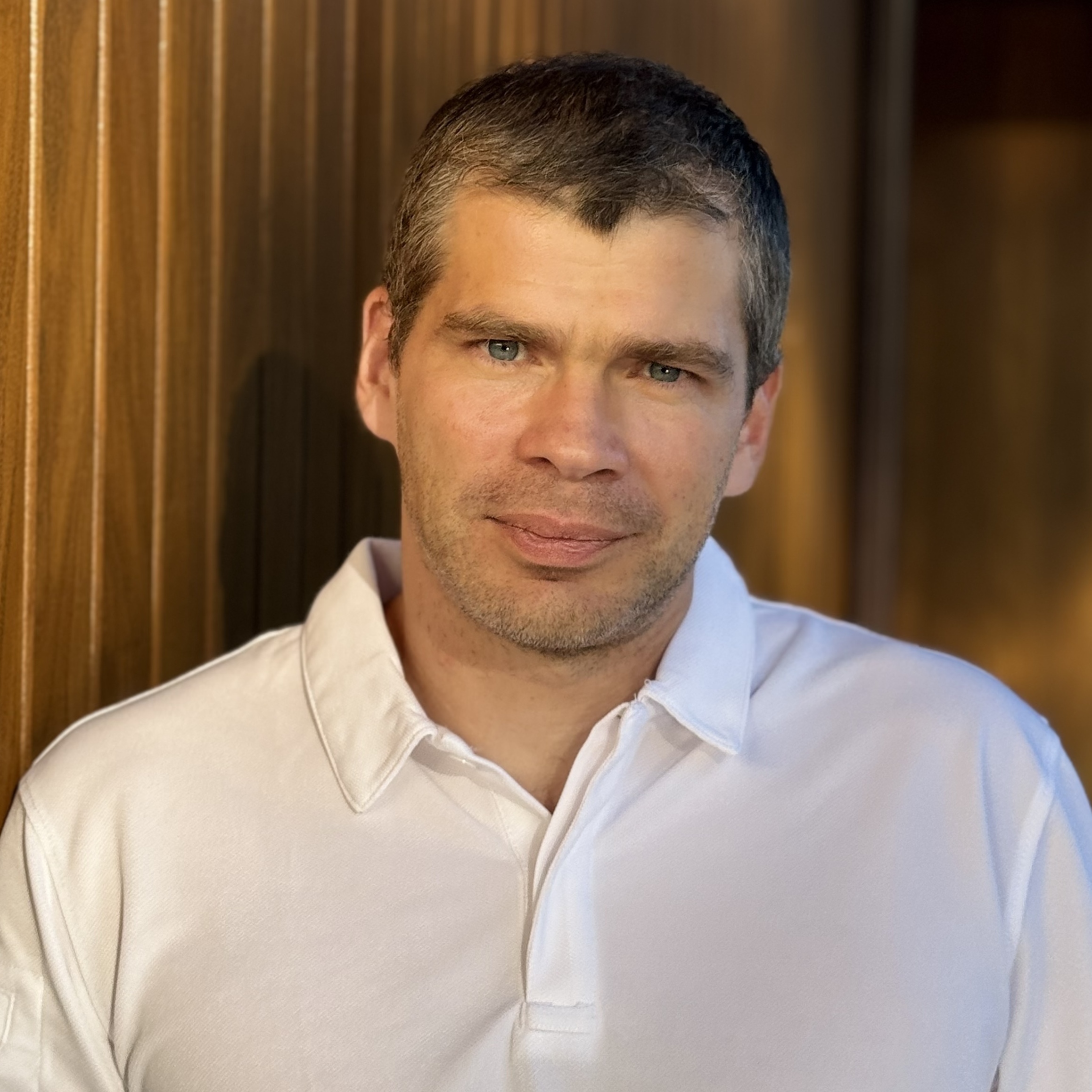Introduction: From Noise to Signal
In the DeFi world where code becomes law, marketing is often perceived as a secondary concern. However, the reality of 2025 is stark: the most brilliant protocol will remain unnoticed without a smart go-to-market strategy. Your marketing budget isn’t just a list of expenses—it’s an investment plan for creating the most valuable and scarce resource in Web3: trust.
The 2025 market is fundamentally different from the 2021 bull run. The model based on short-term hype, aggressive shilling, and promises of impossible gains has exhausted itself. Users have become savvier, regulators more attentive, and capital more selective.
The era of “noise marketing” is over; the era of “signal marketing” has begun.
Signal means transparency, real product utility, strong technology, and open dialogue with the community. Noise is everything else. Every line in your marketing budget should answer one simple question: “How will this investment help us strengthen trust in our protocol?”
Successful DeFi projects in 2025 allocate 25-35% of their total budget to marketing activities with an average ROI of 4.2x. Key distribution: 25% community management, 20% content creation, 20% influencer marketing, 15% paid advertising, 10% public relations, 5% events, and 5% testing new channels.
Budget Tier Structure
Bootstrap Stage: “First Steps and Hypothesis Testing” (up to $100,000/year)
At this stage, your main currency isn’t money—it’s time and creativity. Marketing philosophy boils down to maximum efficiency with minimal costs. The goal is to create a “minimum viable community” and gather product-market fit data.
Pre-launch (Bootstrap)
Team and Management (35% budget, ~$35,000/year) At this stage, founders are the primary marketers. No one can tell the project’s story with greater passion. Additionally, you can bring in 1-2 freelancers: part-time community moderator ($500-1,500/month) and technical copywriter as needed ($200-500 per article).
- ROI calculation: Founders’ time is notionally free. ROI = (Learning velocity + Core community growth) / Freelancer costs. If $12,000 for a moderator gathered 1,000 active participants before launch, CAC = $12—excellent result.
Basic Branding and Landing Page (15% budget, ~$15,000/year) Logo development, brand identity, and single-page website. Freelancer or small studio: $1,500-5,000 for quality landing page. DIY option via Figma + Webflow: $50-300.
- ROI calculation: Visitor-to-subscriber conversion. If a $5,000 landing page attracted 2,000 waitlist subscribers with 15% conversion, CAC = $2.5 per lead.
Founder-led Content Marketing (20% budget, ~$20,000/year) Running Twitter, creating expert threads, articles on Mirror/Medium. Expenses only for design tools (Canva Pro, Figma)—up to $50/month. If hiring a technical copywriter: $150-500 per article.
- ROI calculation: If a quality founder’s guide brought 5 major LPs, each contributing $100,000 liquidity—commission revenues will pay back all content costs many times over.
Community Management (20% budget, ~$20,000/year) Creating Discord/Telegram, conducting AMAs. In pre-launch, the community’s main task is generating product feedback. Part-time moderator: $500-1,500/month.
- ROI calculation: If community feedback helped avoid one serious product mistake, the investment paid off multiple times.
Micro-influencers and PR (10% budget, ~$10,000/year) Nano-influencers (up to 10K followers): $200-800 per post. Micro-influencers (10K-50K): $800-2,500 per review. Mid-tier publication: $500-1,000.
- ROI calculation: If $10,000 reached 200,000 users and 0.5% converted (1,000 new users), CAC = $10.
Post-launch (Bootstrap)
- Team Expansion (40% budget, ~$40,000/year) Hiring first marketer or community manager. Junior specialist: $30-40k/year, experienced: $70k/year (partially from budget).
- Growth Hacking (25% budget, ~$25,000/year) Galxe/Zealy campaigns: $500-3,000 per campaign. Testnet quests, NFTs for activity. If 1,000 participants for a $2,000 campaign, CAC = $2.
- Aggregator Listings (15% budget, ~$15,000/year) CoinGecko Preview Listing, DefiLlama integration requires developer time: 10-40 hours ($1,000-4,000 equivalent).
- Guerrilla PR (20% budget, ~$20,000/year) Outreach to micro-influencers, guest articles. If $20,000 brought 500 new active users through mentions, CAC = $40.
Seed Stage: “Building Growth Foundation” ($100,000-500,000/year)
Transition from spontaneous experiments to systematic marketing. Core team forms can attract professional contractors.
Pre-launch (Seed)
Team (Hybrid model: in-house + outsource) (25% budget) Head of Growth: $70-140k/year. Content Manager: $60-90k/year. Community Manager: $40-60k/year. Agencies: $5-15k/month.
- At $300,000 budget: team $75,000, agencies $60,000/year.
Professional Content and SEO (20% budget) Web3 content agency: $3-10k/month. SEO audit: $1-4k. Articles: $200-600 each.
- ROI example: $50,000 on content attracted 5,000 subscribers organically, CAC = $10. SEO drove traffic growth from 1,000 to 10,000 visitors/month.
PR and Media Partnerships (20% budget) PR agency: $8-25k/month. Tier-1 publication: $3-10k per article.
- ROI example: CoinDesk article for $5,000 brought 200 new users, but also increased trust—3 major LPs deposited total $5M after reading.
Mid-tier Influencer Marketing (15% budget) Influencers 50K-200K followers: $2-15k per integration. YouTube review: $5k.
- ROI example: $5,000 video brought 1,000 users, CAC = $5. But quality matters more—these users showed 40% retention vs 20% from paid ads.
Ambassador Program (10% budget) $2-10k/month for 10-20 ambassador rewards. ROI: if each brought 50 users (1,000 total) for $50,000/year, CAC = $50.
Tools and Analytics (10% budget) Dune Pro: $390/month. Nansen: $1,500-30,000/year. Mixpanel: $800-2,500/month.
Post-launch (Seed)
- Marketing Core Formation (30% budget) Team of 3-4 specialists: $200-350k/year.
- Airdrop Campaigns (25% budget) Well-designed airdrop from $50,000. If distributed $100,000 worth of tokens and attracted 5,000 active users, of which 1,000 remained active—effective CAC = $100.
- Conferences and Events (15% budget) Major conference: $10-30k for team participation. If ETHDenver for $15,000 closed 3 partnerships, each bringing 1,000 users—CAC = $5.
- Paid Tools (10% budget) Enterprise analytics tiers: $2-8k/month.
Scale-up Stage: “Aggressive Market Capture” ($500,000+/year)
Project ready for exponential growth. Can hire top talent, work with tier-1 media, run massive campaigns.
Pre-launch (Scale-up)
- Full Marketing Team (40% budget) CMO: $120-200k/year. Team of 4-7 specialists: $300-600k/year.
- Major PR Agency and Tier-1 Media (25% budget) Top PR agency: $15-40k/month. Bloomberg, Forbes publications: $25-50k per piece.
- Massive Campaigns (20% budget) Airdrop fund: $500k-1M in tokens. If 100,000 participants, of which 10,000 remained loyal—active user CAC $50-100.
- Global Advertising (15% budget) San Francisco billboards: $10k+/month. YouTube ads: $50k+/month.
Post-launch (Scale-up)
- Marketing Ecosystem (35% budget) Department of 10-20 people: $1-3M/year.
- Own Conferences (20% budget) Summit organization: $200-500k. If brought 1,000 participants and closed 20 partnerships—ROI through ecosystem growth.
- Global Campaigns (25% budget) Formula 1 sponsorship: $500k-2M/year. Macro-influencers: $25-100k per integration.
- Enterprise Tools (10% budget) Own data science team: $500k/year. Custom research: $10-50k per report.
- Market Making (10% budget) Professional MM: $10-50k/month + trading capital.
Practical Budget Distribution Cases
Case 1: DEX (budget $250,000/year)
Key challenge—solving the liquidity “cold start” problem. Marketing focuses on traders and liquidity providers.
Distribution:
- Team: 20% ($50,000)—Growth manager + community manager
- Growth activities: 25% ($62,500)—trading competitions $30k, referral program $20k, Galxe quests $12.5k
- Content and PR: 20% ($50,000)—pool analytics articles, LP guides, new token announcements
- Influencer marketing: 15% ($37,500)—crypto analyst reviews, tutorials
- Liquidity incentives: 10% ($25,000)—liquidity mining for key pairs
- Tools: 5% ($12,500)—Dune/Nansen for liquidity flow analysis
- Other: 5% ($12,500)—reserve for quick campaigns
6-month results: 8,500 new users, CAC $147, TVL growth from $2M to $25M, trading volume increased 15x.
Key insights: Trading competitions showed best ROI (attracted professional traders). Educational content for LPs critically important—one quality guide brought 3 major liquidity providers.
Case 2: Lending Protocol (budget $250,000/year)
Main challenge—building trust. Users trust the protocol with large sums, so marketing focuses on security and reliability.
Distribution:
- Team: 25% ($62,500)—Marketing lead with fintech experience + technical evangelist
- Content and education: 30% ($75,000)—deep articles on risk management, audit reports, AMAs with auditors
- PR and thought leadership: 20% ($50,000)—positioning as secure platform
- Community and support: 15% ($37,500)—24/7 moderation, educational webinars
- Tools and analytics: 5% ($12,500)—risk monitoring, protocol health analysis
- Crisis communication reserve: 5% ($12,500)
6-month results: 3,200 new users, average deposit $25,000, CAC $234, but LTV $850 (users stay long), TVL $80M.
Key insights: Security content converts best. One technical paper on liquidation protection brought a fund with $10M deposit. Crisis communication paid off during flash crash—retained 95% TVL through quick situation explanation.
Case 3: Liquid Staking Protocol (budget $250,000/year)
Success depends on DeFi ecosystem integrations. Need to convince ETH holders to stake through protocol, then use LST token in other applications.
Distribution:
- Partnerships and BD: 30% ($75,000)—integrations with DEXs, lending protocols, yield aggregators
- Team: 20% ($50,000)—BD/Partnership manager + content manager
- Educational content: 20% ($50,000)—concept explanation, LST use cases
- Developer grants: 15% ($37,500)—incentivizing projects integrating LST token
- Ecosystem community: 10% ($25,000)—working with Ethereum community
- Tools: 5% ($12,500)—tracking LST adoption in DeFi
6-month results: 12 successful integrations, LST token accepted in 8 major protocols, 15,000 stakers, average stake 25 ETH, TVL $300M.
Key insights: Partnerships are main growth driver. One integration with popular yield farming brought $50M TVL in a week. Educational content about LST use cases showed 15% conversion (vs 3% from direct advertising).
Critical Success Factors
In DeFi, trust = conversion. Every marketing dollar should either build trust or convert already-trusting users.
DeFi products are complex. 60% of successful projects’ budgets somehow go to education: content, community support, explanatory campaigns.
Track the full journey: source → click → registration → first transaction → retention → LTV. Channel CAC should be recalculated weekly.
Reserve 10-15% for experiments and quick responses to market opportunities. If a competitor stumbles—need to immediately strengthen PR.
Conclusion: Strategic Thinking
Successful DeFi marketing budget management is a continuous adaptation process. Key principles:
- Budget as living document. Review quarterly. If PR gives CAC $200 but community $20—redistribute funds.
- People over tools. Better hire strong analyst with free Dune than buy expensive subscriptions for weak team.
- Trust over reach. 1,000 users who trust and refer friends beats 10,000 random ones.
In 2025, projects combining strategic vision, financial discipline, and adaptability win. Every spent dollar should bring you closer to the goal: becoming a protocol trusted by millions of users and billions in liquidity.
Remember: in a world where code can be copied overnight, the only sustainable competitive advantage is community trust. Invest in it wisely.
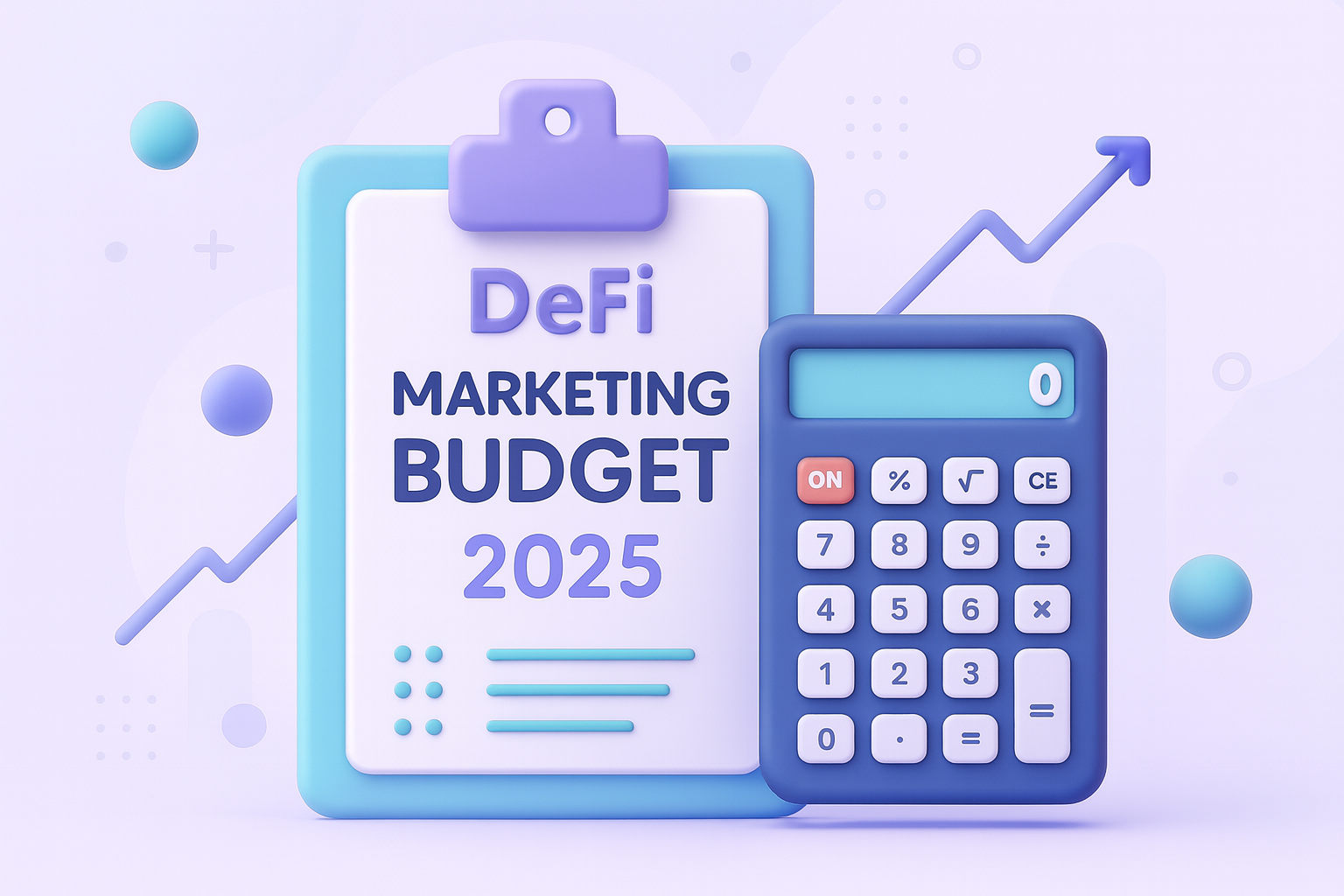
Frequently Asked Questions (FAQ)
In 2025, successful DeFi teams earmark ~25–35% of total spend for marketing, typically split ~25% community, 20% content, 20% influencers, 15% paid, 10% PR, 5% events, and 5% experiments.
A trust-first, “signal over noise” go-to-market approach focused on transparency, education, and community dialogue to drive conversion.
For DeFi, plan 25–35% of overall budget and reallocate quarterly based on CAC/LTV and channel performance.
Costs vary by stage: Bootstrap up to ~$100k/year; Seed ~$100k–$500k/year; Scale-up $500k+/year with full teams and global campaigns—use our calculator to tailor estimates to your goals.
A practical benchmark is 25–35% of total spend dedicated to marketing in 2025, adjusted upward if trust-building or acquisition targets are aggressive.
Expect spend to favor “signal” channels—education, community, and PR—with a 10–15% reserve for experiments and quarterly reviews to shift funds to what’s working.
Rate the article



